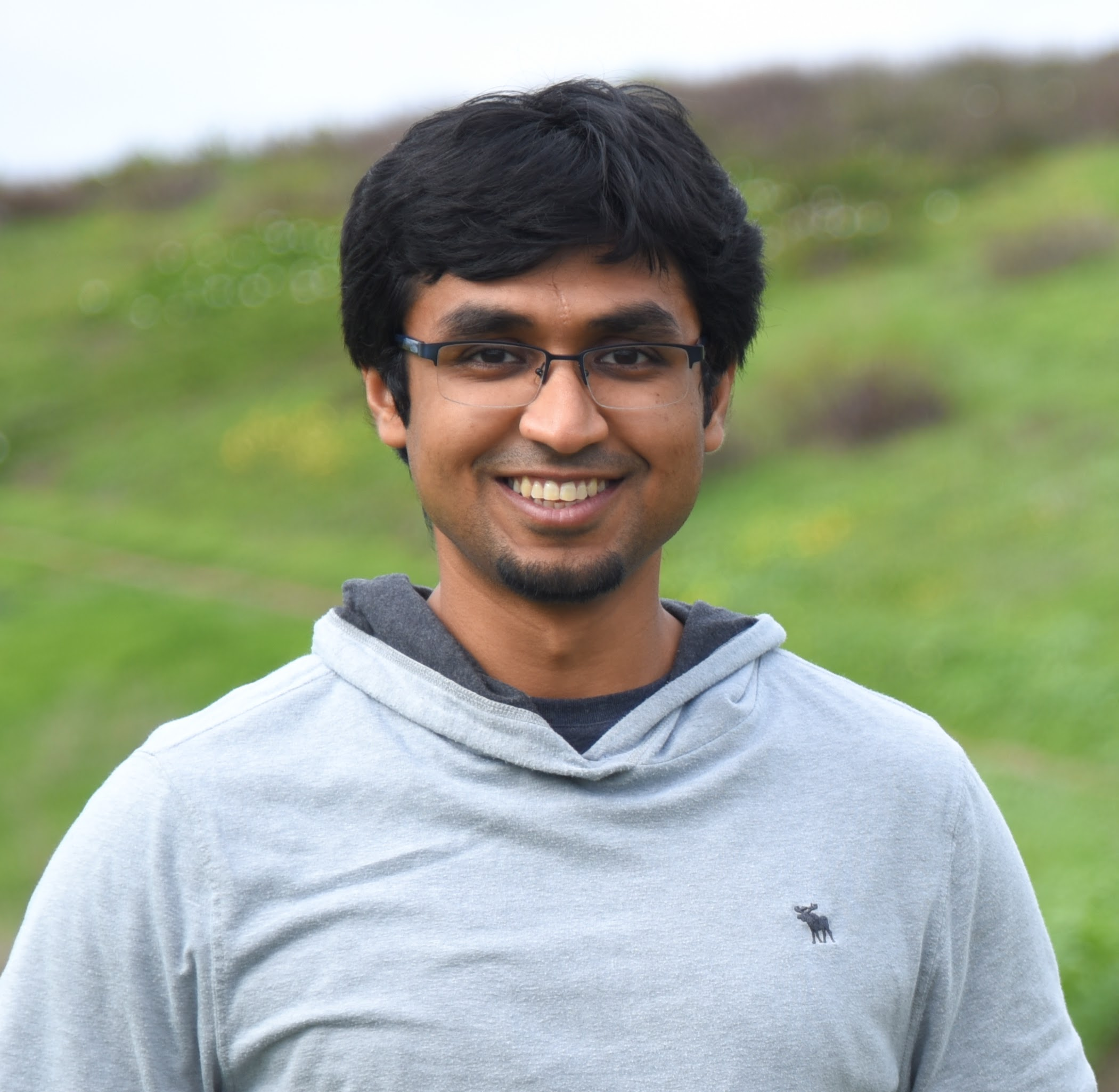
Saurabh Saxena
Research Areas
Authored Publications
Sort By
A Generalist Framework for Panoptic Segmentation of Images and Videos
Ting Chen
Geoffrey Hinton
International Conference on Computer Vision (ICCV) (2023)
Preview abstract
Panoptic segmentation assigns semantic and instance ID labels to every pixel of an image. As permutations of instance IDs are also valid solutions, the task requires learning of high-dimensional one-to-many mapping. As a result, state-of-the-art approaches use customized architectures and task-specific loss functions. We formulate panoptic segmentation as a discrete data generation problem, without relying on inductive bias of the task. A diffusion model is proposed to model panoptic masks, with a simple architecture and generic loss function. By simply adding past predictions as a conditioning signal, our method is capable of modeling video (in a streaming setting) and thereby learns to track object instances automatically. With extensive experiments, we demonstrate that our simple approach can perform competitively to state-of-the-art specialist methods in similar settings.
View details
A Unified Sequence Interface for Vision Tasks
Ting Chen
Tsung-Yi Lin
Geoffrey Hinton
Advances in Neural Information Processing Systems (NeurIPS) (2022)
Preview abstract
While language tasks are naturally expressed in a single, unified, modeling framework, i.e., generating sequences of tokens, this has not been the case in computer vision. As a result, there is a proliferation of distinct architectures and loss functions for different vision tasks. In this work we show that a diverse set of "core" computer vision tasks can also be unified if formulated in terms of a shared pixel-to-sequence interface. We focus on four tasks, namely, object detection, instance segmentation, keypoint detection, and image captioning, all with diverse types of outputs, e.g., bounding boxes or dense masks. Despite that, by formulating the output of each task as a sequence of discrete tokens with a unified interface, we show that one can train a neural network with a single model architecture and loss function on all these tasks, with no task-specific customization. To solve a specific task, we use a short prompt as task description, and the sequence output adapts to the prompt so it can produce task-specific output. We show that such a model can achieve competitive performance compared to well-established task-specific models.
View details
Pix2seq: A Language Modeling Framework for Object Detection
Ting Chen
Geoffrey Everest Hinton
International Conference on Learning Representations (2022)
Preview abstract
We present Pix2Seq, a simple and generic framework for object detection. Unlike existing approaches that explicitly integrate prior knowledge about the task, we cast object detection as a language modeling task conditioned on the observed pixel inputs. Object descriptions (e.g., bounding boxes and class labels) are expressed as sequences of discrete tokens, and we train a neural network to perceive the image and generate the desired sequence. Our approach is based mainly on the intuition that if a neural network knows about where and what the objects are, we just need to teach it how to read them out. Beyond the use of task-specific data augmentations, our approach makes minimal assumptions about the task, yet it achieves competitive results on the challenging COCO dataset, compared to highly specialized and well optimized detection algorithms.
View details
Preview abstract
This paper presents two strong methods, CTC and Imputer, for non-autoregressive
machine translation that model latent alignments with dynamic programming. We revisit CTC for machine translation and demonstrate that a simple CTC model can achieve state-of-the-art for single-step non-autoregressive machine translation,
contrary to what prior work indicates.
In addition, we adapt the Imputer model for non-autoregressive machine translation and demonstrate that Imputer with just 4 generation steps can match the performance of an autoregressive Transformer baseline.
Our latent alignment models are simpler than many existing non-autoregressive translation baselines; for example, we do not require target length prediction or re-scoring with an autoregressive model.
On the competitive WMT'14 En$\rightarrow$De task, our CTC model achieves 25.7 BLEU with a single generation step, while Imputer achieves 27.5 BLEU with 2 generation steps, and 28.0 BLEU with 4 generation steps. This compares favourably to the autoregressive Transformer baseline at 27.8 BLEU.
View details
Large-Scale Evolution of Image Classifiers
Andrew Selle
Yutaka Leon Suematsu
ICML (2017)
Preview abstract
Neural networks have proven effective at solving difficult problems but designing their architectures can be challenging, even for image classification problems alone. Evolutionary algorithms provide a technique to discover such networks automatically. Despite significant computational requirements, we show that evolving models that rival large, hand-designed architectures is possible today. We employ simple evolutionary techniques at unprecedented scales to discover models for the CIFAR-10 and CIFAR-100 datasets, starting from trivial initial conditions. To do this, we use novel and intuitive mutation operators that navigate large search spaces. We stress that no human participation is required once evolution starts and that the output is a fully-trained model. Throughout this work, we place special emphasis on the repeatability of results, the variability in the outcomes and the computational requirements.
View details
